
- Shandong Loyal Industrial Co.,Ltd.
- SHORT-CUT PASTA PRODUCTION LINE LONG-CUT PASTA PRODUCTION LINE INSTANT PASTA PRODUCTION LINE
Home> Application> Fully Automatic Production Lines Mimicking Spaghetti Noodles: Efficient and Energy-Saving

Fully Automatic Production Lines Mimicking Spaghetti Noodles: Efficient and Energy-Saving
Fully Automatic Production Lines Mimicking Spaghetti Noodles: Efficient and Energy-Saving
Introduction
Shandong Loyal Industrial Co., Ltd. has incorporated advanced technologies from BUHLER and FEN in the production of its macaroni.The world of pasta production is undergoing a revolutionary transformation, marked by the introduction of Fully Automatic Production Lines Mimicking Spaghetti Noodles. This groundbreaking shift from traditional methods to innovative technologies is reshaping the landscape of noodle manufacturing, promising unprecedented efficiency and energy savings.

Embracing Efficiency: Features of Fully Automatic Production Lines Like Spaghetti Noodles
Defining the Unique Characteristics of Mimicking Spaghetti Noodles in Automated Production
Key Advantages of Implementing Full Automation in Noodle-Like Production Lines
In this section, we delve into the distinct features that set Fully Automatic Production Lines apart, particularly their ability to mimic the characteristics of lines like spaghetti noodles. The unique engineering ensures a seamless transition from manual processes to advanced automation. We explore the key advantages manufacturers gain by embracing full automation in their noodle-like production lines, emphasizing efficiency as a cornerstone of this technological shift.
Technological Marvels: Precision Engineering in Spaghetti Noodle-Like Production
Innovations in Mimicking Technologies: Ensuring Consistency and Quality in Noodle Production
Energy Efficiency in Noodle-Like Production: Sustainable Approaches and Cutting-Edge Engineering
The heart of the transformation lies in the technological marvels employed in Spaghetti Noodle-Like Production. Precision engineering ensures the consistent quality of noodles, replicating the texture and appearance of traditional handmade spaghetti. Additionally, a focus on sustainable approaches and cutting-edge engineering highlights the commitment to energy efficiency, aligning with global initiatives for a greener future.
Implementation Strategies for Maximum Efficiency
Integrating Fully Automatic Systems into Noodle-Like Manufacturing Processes
Measurable Improvements: Enhancing Production Efficiency and Output Through Innovative Technologies
Implementing Fully Automatic Systems requires strategic planning and seamless integration into existing noodle-like manufacturing processes. Manufacturers can anticipate measurable improvements, from increased production efficiency to higher output. This section provides insights into the implementation strategies that lead to a smooth transition, unlocking the full potential of innovative technologies.
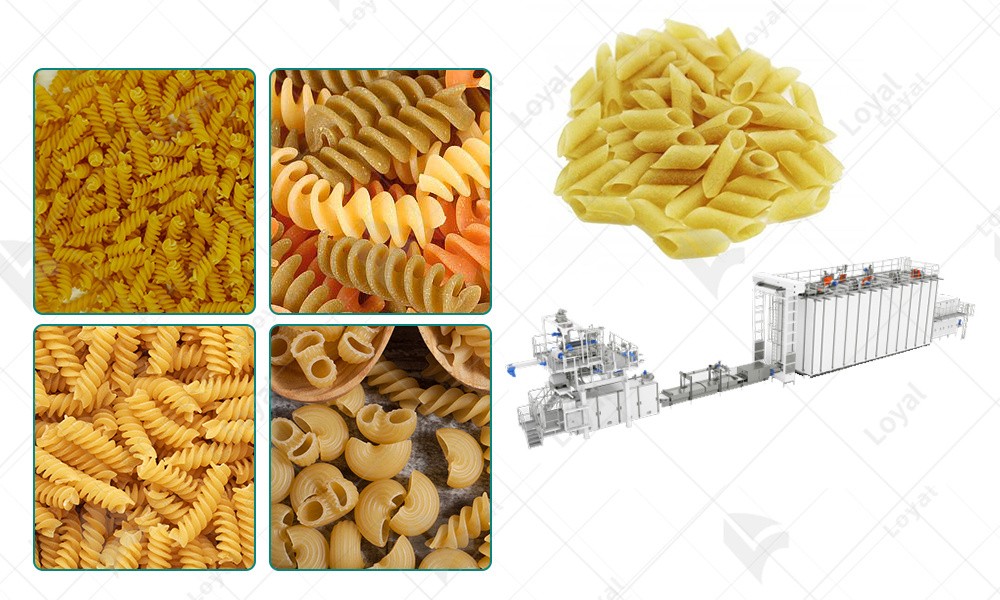
Cutting-edge Innovations in Fully Automatic Spaghetti Noodle-Like Production
Technological Advancements Driving the Evolution of Equipment
nnovations Aligned with Sustainability Goals in Noodle-Like Production
Explore the cutting-edge innovations propelling the evolution of equipment in Fully Automatic Spaghetti Noodle-Like Production. Technological advancements are not only enhancing efficiency but also aligning with sustainability goals. Manufacturers can anticipate groundbreaking developments that contribute to a more eco-friendly and resource-efficient production process.
Success Stories: Manufacturers Thriving with Fully Automatic Equipment Mimicking Spaghetti Noodles
Real-world Examples Showcasing the Impact of Mimicking Technologies in Production
Tangible Benefits and Achievements Through the Adoption of Automatic Systems Resembling Spaghetti Noodles
Dive into real-world success stories that highlight the transformative impact of Mimicking Technologies. These examples showcase how manufacturers are thriving with fully automatic equipment, reaping tangible benefits and achieving milestones through the adoption of systems that closely resemble the traditional craftsmanship of lines like spaghetti noodles.
Future Horizons: Anticipated Developments in Fully Automatic Noodle-Like Production
The Next Frontier: Emerging Trends in Mimicking Technologies
Sustainable Practices and the Ongoing Evolution of Noodle-Like Production Technology
Look ahead to the future of noodle-like production, exploring emerging trends in Mimicking Technologies. The next frontier includes sustainable practices and a continuous evolution of production technology. Manufacturers are encouraged to stay abreast of these developments to remain at the forefront of innovation and efficiency.
Conclusion
In conclusion, the journey from conventional pasta production to Fully Automatic Production Lines Mimicking lines like spaghetti noodles is nothing short of transformative. This recap emphasizes the profound impact on efficiency and energy savings, guiding manufacturers toward a future where automation plays a pivotal role in shaping the noodle manufacturing landscape.

Frequently Asked Questions about Lines Like Spaghetti Noodles
Q1: What makes lines like spaghetti noodles different from traditional pasta production?
A: Lines like spaghetti noodles represent a revolutionary shift from traditional pasta production by incorporating fully automatic systems that mimic the characteristics of handmade spaghetti. The innovative technologies involved ensure consistency, efficiency, and energy savings, setting them apart from conventional methods.
Q2: How do fully automatic production lines achieve the texture and quality of handmade spaghetti?
A: The precision engineering of fully automatic production lines is designed to replicate the texture and quality of handmade spaghetti. Through advanced technologies, these production lines mimic the traditional craftsmanship, ensuring each noodle meets the desired standards for consistency and taste.
Q3: Are lines like spaghetti noodles environmentally friendly?
A: Yes, lines like spaghetti noodles embrace sustainable practices and energy-efficient technologies. The paradigm shift towards automation in pasta production aligns with global sustainability goals. These lines not only enhance efficiency but also contribute to a greener and more eco-friendly manufacturing process.
Q4: How do manufacturers integrate fully automatic systems into existing production processes?
A: Integrating fully automatic systems into existing production processes involves strategic planning and careful implementation. Manufacturers often undergo a phased approach, ensuring a seamless transition without disrupting ongoing operations. This integration leads to measurable improvements in efficiency and output.
Contact Us

- Shandong Loyal Industrial Co.,Ltd.
- Telephone+86 13176674591
- Email[email protected]
- WhatsApp+86 13176674591
- WeChat13176674591
- AddressC623, Jiahui Global Plaza, No. 548, Beiyuan Street, Tianqiao District, Jinan City, Shandong Province
- Factory AddressADD -300m North of Zhangxia Industrial Park, Binhe Road, Zhangxia Town, Changqing District, Jinan
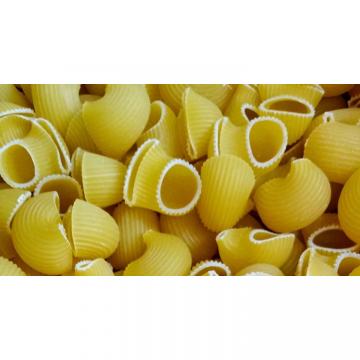

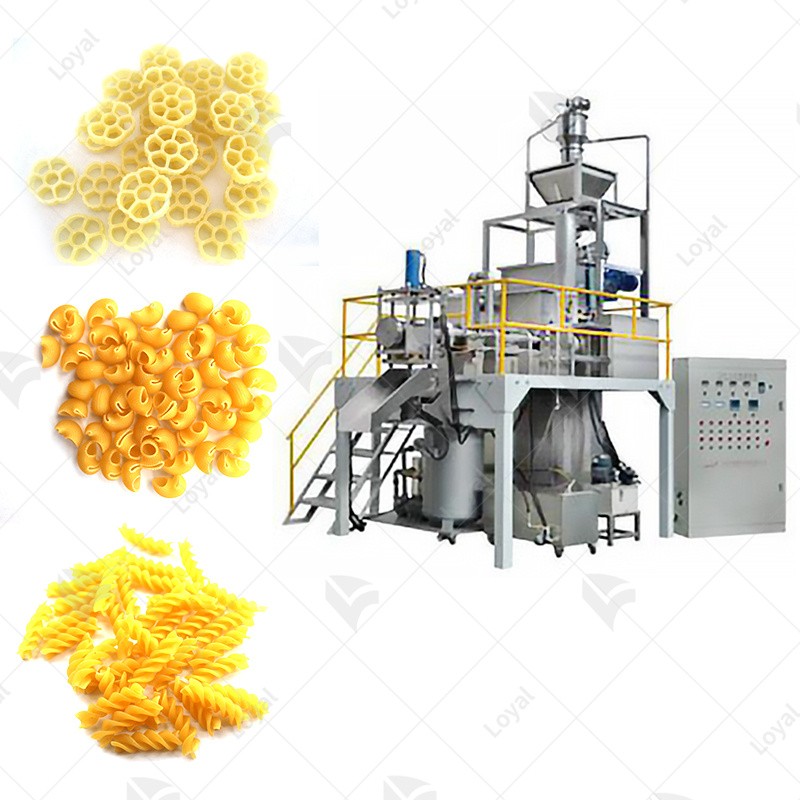

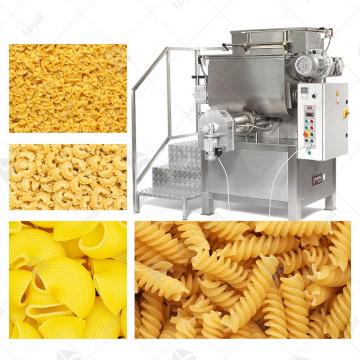
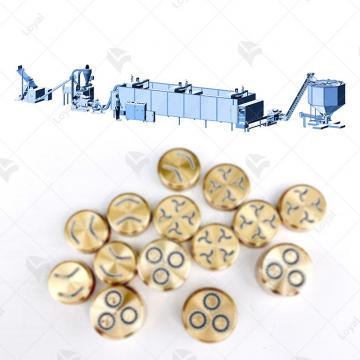 Pasta Processing Equipment
Pasta Processing Equipment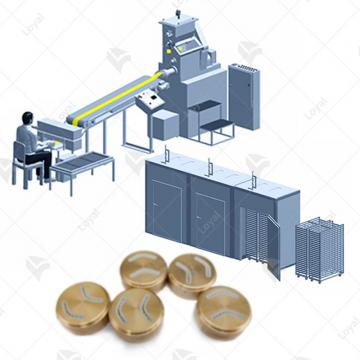 Dry Pasta Production Line
Dry Pasta Production Line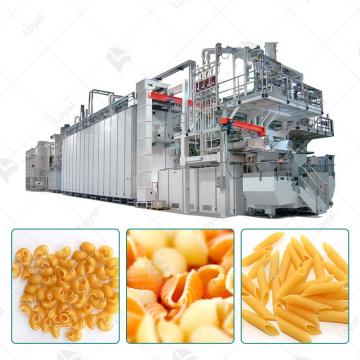 VACUUM PASTA EXTRUDER
VACUUM PASTA EXTRUDER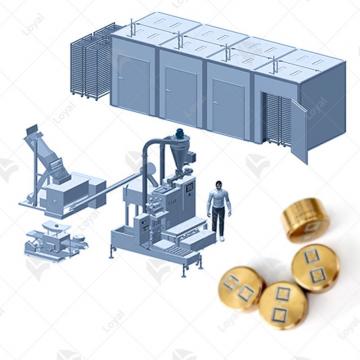 Combined Pasta Machine
Combined Pasta Machine